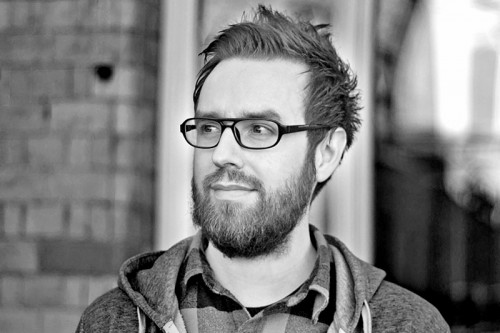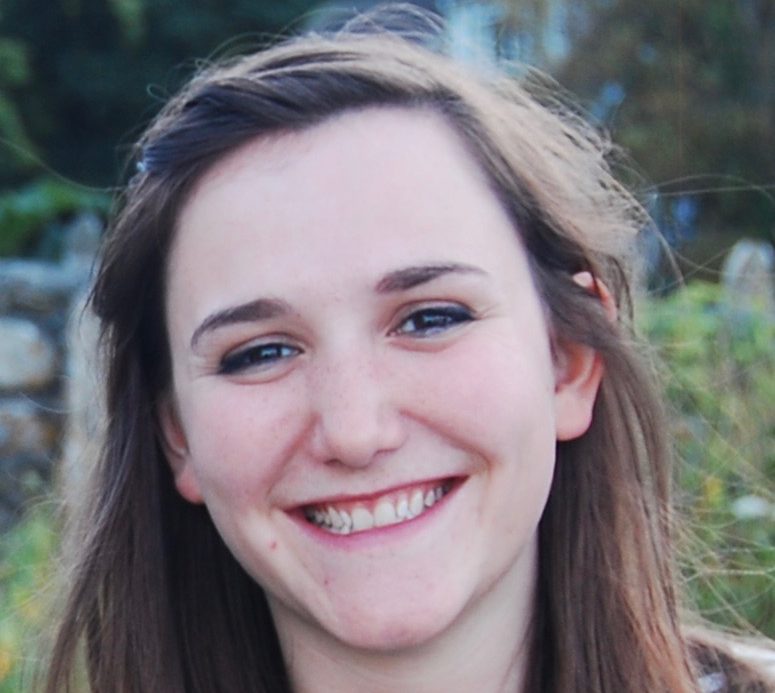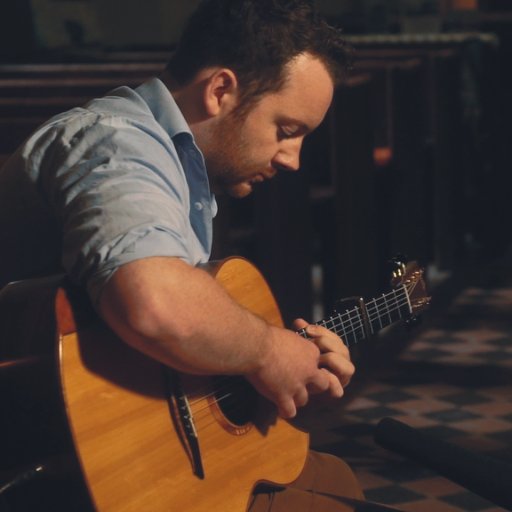
Our friends at Christian Creative Network have been busy for the last 18 months building a new directory of UK Christian creative professionals.
At Sputnik we tend to draw a distinction between ‘Christian’ work and work for a wider audience; but many artists in our network will have done both. Whether it’s professional graphic designers doing church promotion, or musicians deciding to cover some favourite hymns, we all contain multitudes! Likewise, there are many Christian organisations who want to hire creative people who know their world.
A big part of our mission is to see churches take the arts seriously, and pay them responsibly. Organisations like the Christian Creative Network are doing great work putting all this together: helping freelancers to get work, and lifting the status of the professional arts in churches’ eyes.
With the new Christian Creative Directory launched, we spoke with founder Josie Gamble about the process involved, how she hopes the directory will serve artists, and how to get involved.
Can you tell us about how the idea came about?
The reason I launched the Christian Creative Directory is because I believe we are moving into a new era of creativity in the UK church and I wanted to create a way to championing that creativity in the body of Christ.
There was a time when the church was leading the way in creativity with stained glass, architecture, fine art, sculpture, song. But during the Reformation, when the church went back to basics, there was a stripping back and many creative practices and values were lost. Ever since then we have been playing catch up with the world.
During the Reformation, there was a stripping-back, and many creative practices and values were lost.
I have over 25 years’ experience in the creative industries: graduating with first class honours in Industrial Product Design; 7 years as a university lecturer; and running a design business for over 13 years. Through my design business, I have helped hundreds of businesses and organisations create their brands and website, and I am pouring all of that expertise into this directory.
As well as my creative experience, after graduating Bible school I became a founding member of my local church, which I have been involved in leadership with for over 23 years.
In 2017, I launched the Christian Creative Network, which is a growing national network made up of local branches, connecting local like-minded Christian creatives: connecting, equipping and encouraging. We currently have 8 branches, from Torquay to Durham, and branches host monthly meets, workshops and events. However, during Covid the monthly meets have been online, and workshops and events have not been able to take place.
When I launched the network, the vision was always three-pronged: a network, a directory and recognition awards. With the network and directory launched we are one step closer to the awards – well, we might give it a few years yet!
And how did that idea become a reality?
In 2019 I attracted seed funding from The Lions, a Christian entrepreneur program that offers business development and mentoring. It was with this seed funding that I was able to build the directory. It’s taken 18 months to develop and I had to pull together a talented team of creatives to work with me; a web developer, videographer, illustrators, a brand specialist, marketing specialist, photographer, copywriter and SEO expert, voiceover artist and I gathered together an advisory board.
I have spent years networking and connecting with some of the most amazing Christian creatives which enabled me to pull together the team that built the directory, but where do businesses, organisations and churches go to find these services? Now there is a directory! A place to find Christian creative professionals and services, all under one roof.
I’m passionate about creatives supporting creatives. I stared my business offering graphic design, however I’d always wanted to build websites. But with the restrictions of a young family I was limited and didn’t know where to go or who to ask. Then in an amazing God connection, a Christian web designer offered to teach me for free. Building websites revolutionised my business and ever since I have endeavoured to pay it forward where possible and have sat with numerous creatives since and shared my time and experience. The Christian Creative Directory is another way of sharing my experience and creating the opportunity for others to do the same.
How might the CCD serve artists in our network?
The Christian Creative Directory launched Wednesday 21st April, and is the No.1 place to find Christian creative professionals and services in the UK, all in one place.
This online directory gives creatives, such as the artists in the Sputnik network, who want more visibility online, a high-quality directory listing, resources and expert advice, so they can get found by business owners and organisations UK wide, work on creative projects and grow their businesses.
How can they get involved?
You can sign up today at www.christiancreativedirectory.com using the special launch offer coupon cdlaunch6 before 21st May to receive 6 months free listing. Start getting your creativity noticed, engage with an incredible wider creative community, post projects, find jobs and opportunities. Plus, there is a wealth of FREE expert advice and high-quality resources that will guide and help you in every area of your business.
My hope is that the directory will play a part in strengthening of the creative culture in the UK church.








































































